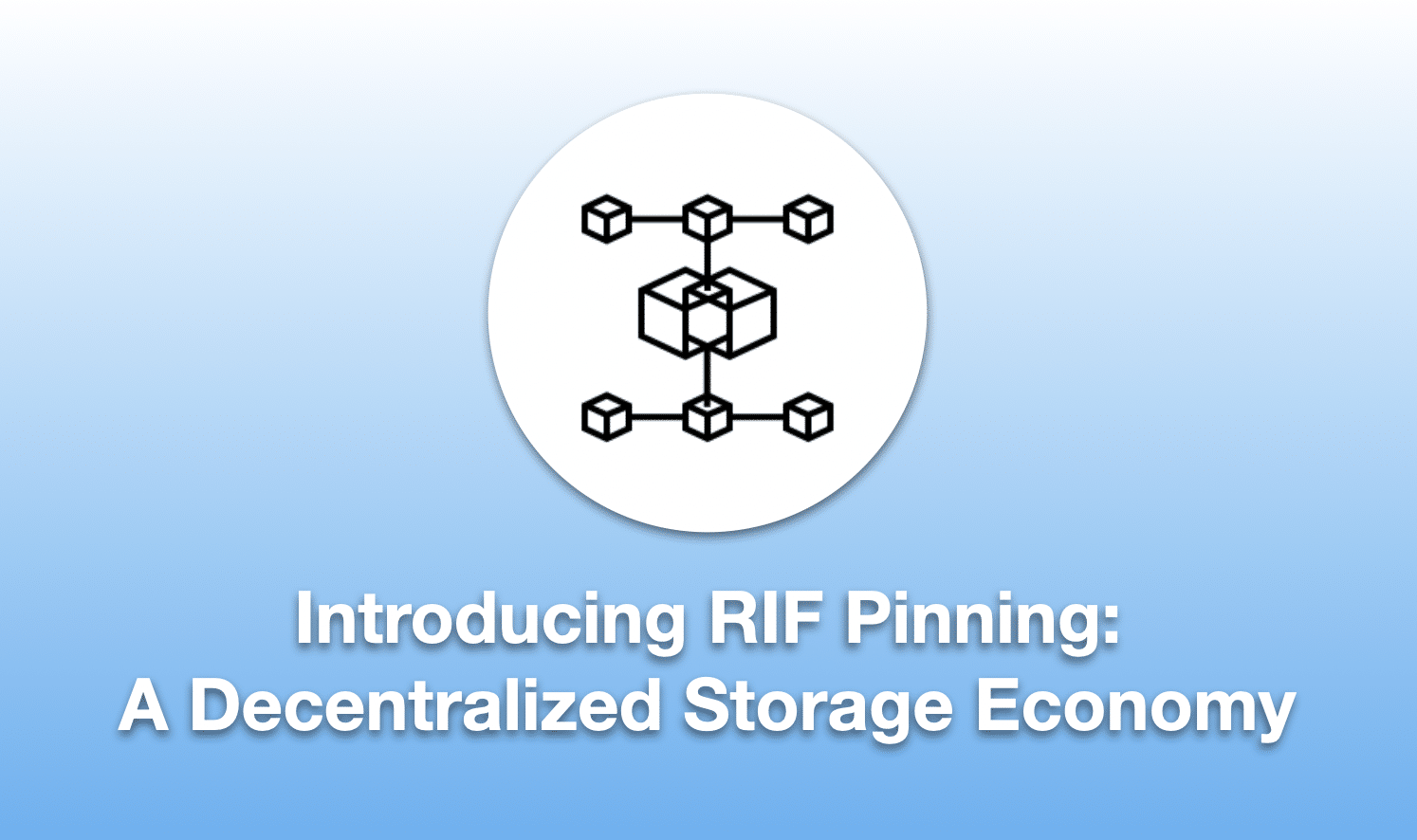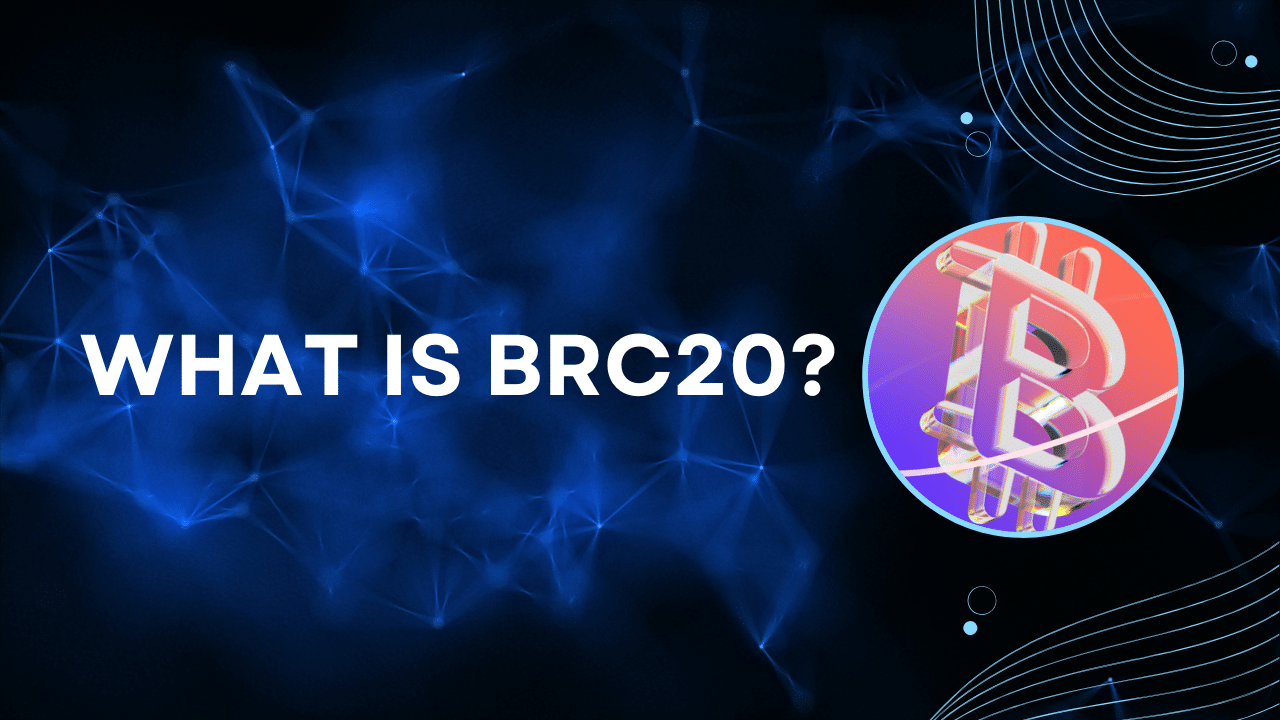Contents
|
|
Today, computing is highly centralized, with the state of the modern web a fair reflection of the amount of centralization. There is compartmentalized cloud-based storage. Several outages that these providers face end up this becoming a significant event disrupting a chunk of the internet. Amazon storage outage, Microsoft’s cloud service problems, and Google’s issues with intermittent outages more recently.
The content hosted on these services is kept behind links that are broken, having implications on the types of systems we build and for the users that rely on them.
Why are centralized storage systems successful? They’re successful primarily because they are easier to build.
Contents
The Evolution Of Storage And the Internet
During the early days of storage, sharing data was very basic and straightforward. You could store small amounts of data in a floppy disc. Soon, the advent of CDs and hard disks made storing more significant amounts of data possible. Despite the increased storage capacity, the concept of storage remained the same. You had to carry a device around with your stored data on it and connect it to a computer when you wanted to access it.
The advent of the internet changed all that, as the internet enabled people to connect with other computers, enabling them to access data and pictures anytime they want and whichever device they want. Initially, the internet worked on a Web 1.0 model, requiring users to maintain their servers. The model then moved to a Web 2.0 model with the advent of cloud services, allowing scalable hosting that accommodates traffic.
What Are The Problems With The Traditional Storage And The Internet?
The traditional internet has its fair share of problems that need to be addressed.
- Censorship
The internet works using a centralized model, making it quite susceptible to being censored by a central authority. An example of censorship is certain web pages or websites being blocked in some countries. Web pages and other resources can be blocked by attacking the servers where the data is stored. However, you can bypass censorship through the use of decentralized storage. Decentralized storage makes censorship much more difficult as the data or content is stored on a decentralized network, which means there is a copy of the data on multiple nodes, making censorship nearly impossible.
- Centralization
The internet was envisaged as a distributed system. However, data has become concentrated into centralized hubs such as Google, Microsoft, Facebook, and other such organizations. This centralization of data increases the risk of data being compromised, stolen, or leaked. Decentralized storage systems cut out the reliance on centralized servers, with the information being distributed to thousands of nodes spread worldwide.
- Loss of control over data
The main problem with storage services is that the company almost always hands over the data to third-party services. This means the data is outside the company’s control, taking the privacy of the data out of their control. Third-parties that end up getting your data are incentivized only by profits, not data security or data protection, which could let the data get compromised.
- Mismanagement of data
There have been several examples of data leaks and data mismanagement by third parties. The most recent and best example is the Cambridge Analytica debacle. Cambridge Analytica was able to collect the personal information of their users as well as their connections. In the end, Facebook was able to get the data of 87 million Facebook users.
- Data loss
If a centralized provider that is storing data becomes inaccessible, the data that was stored on it is lost as well. Similarly, if the data is moved, any links to the data or content will be broken since the archive would have moved to a different address. When it comes to decentralized storage, as long as there is a copy of the data in the storage network, the data is retrievable, no matter where the data is stored.
What Is A Decentralized Storage System?
A decentralized storage system that can store files and data without relying on massive, centralized data silos. Unlike centralized storage systems, decentralized systems keep personal data and other private information safe, thereby not undermining it, like centralized storage systems. A decentralized storage system distributes the data and stores it in different nodes on the P2P network instead of storing all the data in a centralized server.
Characteristics Of A Decentralized Storage System
There are quite a few characteristics that a decentralized storage system has.
- Accessibility: Accessibility should be central to an ideal decentralized storage system. The network should allow easy participation and also allow as many nodes as possible to store data.
- Programmability: Cloud service providers offer cheap and reliable storage thanks to their ability to manage and provide storage through code by using APIs.
- Content addressing: Content addressing utilizes content identifiers to find files. Content identifiers act as digital fingerprints, and their utilization addresses several issues regarding location addressing.
- Trustless: This enables cooperation between parties without having to know one another. The incentives that the network provides push members towards the optimum behavior for the network to function.
RIF Storage Services
RIF Storage is a censorship-resistant, permissionless, open and decentralized storage protocol, providing a unified interface to other third-party decentralized storage providers such as Swarm and IPFS. RIF storage allows end-users to take back the ownership of your data. The data is encrypted and stored in the RIF storage network. The RIF storage can also be used as a cloud, allowing users to synchronize data between several computers and share it with friends and family with minimal effort.
Developers can utilize RIF storage and securely serve their dApps. Users of the app can access the dApp through a web address thanks to RIF Identity Protocol integration.
What Is Swarm?
Swarm is a permissionless, censorship-resistant decentralized storage and communication infrastructure. The infrastructure provides these services by contributing resources, which are accurately accounted for on a peer-to-peer basis. This allows nodes to trade resources for resources and offer monetary compensation to nodes that are consuming less.
Swarm is similar to the worldwide web, with the critical difference being that all the content is hosted on peer-to-peer storage networks instead of individual servers.
What is IPFS?
IPFS (InterPlanetary File System) is a versioned file system that enables storing files and tracking their versions over time, just like Github. The system defines how a file or files move across a network, like a distributed file system, like how BitTorrent does. IPFS combines these technologies and enables a new permanent web, augmenting the way existing internet protocols are used.
How Does Pinning Come Into The Picture?
RIF storage services allow decentralized storage providers to register offers, define a storage capacity, storage system, and the set of subscription and pricing plans. Interested consumers can browse the available offers and plans; once they have selected an offer, they can rent the desired space and store their content. They can also upload it directly or replicate it among different storage providers.
The storage service is implemented through smart contracts that handle agreements and storage offers in a decentralized way.
As mentioned earlier, IPFS is a peer-to-peer network that can store and share data in a distributed file system. It utilizes content addressing and identifies each file. Built around a decentralized system of user-operators, IPFS eliminates the need for websites to have a central server.
However, because the service is implemented through smart contracts, every transaction is monetized and paid for using gas fees. IPFS lacks a built-in economic incentive to incentivize users to incur the cost of storing files.
This is when Pinning can be utilized. Suppose a file is uploaded onto IPFS; it will stay in existence only as long as it is pinned by the computer that has originally uploaded it. However, the file also needs to be pinned by other computers on the network so that other IPFS users can access it. Why would the other computers on the network pin the file unless they can earn some compensation for doing so?
Introducing RIF Pinning Services
RIF Pinning allows users to pay for the services of other computers to pin their resources on IPFS. It also allows IPFS pinning service providers to list their services and set the price that they want. RIF Pinning works precisely like a file hosting service, except that it works on decentralized technology.
The RIF Pinning Service is connected to the blockchain permanently to listen for any activity on the RIF Marketplace to proceed with the required content in an automated manner. Users can make the payment for the services in RBTC or RIF tokens.
How Can You Use RIF Pinning?
The process of purchasing decentralized storage and uploading files is very easy. Just follow the following steps.
- Go to the marketplace, and once there, click on storage services.
- Once on the storage services page, select the provider from the menu. After choosing the provider, you will be redirected to the “BUY” confirmation screen, from where you can upload the files or pin an existing hash. Once the upload has been completed, you can click on “PIN” and proceed.
- Now you can select the subscription period and the number of periods you wish to prepay. This step creates the required transaction that confirms the decentralized storage.
- Once the transaction is confirmed, click on “BUY” to complete the transaction.
RIF Storage Services Use Cases
RIF Storage Services provides a simple, unified interface that makes it easy to connect to the IPFS decentralized storage, with efforts underway to incorporate other networks as well in the future. Some of the use cases are
- Direct Persistent Storage, also known as Pinning, provides secure storage for users.
- Public Gateway Listing: Users can download and upload data to decentralized networks using their infrastructure.
- Indirect Persistent Storage: Storers guarantee that files will be available in a decentralized storage solution for a designated time specified.
- Censorship Resistant Publishing: RIF can provide censorship-resistant and decentralized storage platforms which journalists and newspapers can utilize. They can utilize these services to reach audiences that are located in areas of the world that impose restrictions on content.
- Streaming Services: The Pinning service can be utilized for short-term, highly consumed information.
Conclusion
Once integrated into a sharing economy, RIF Storage Pinning Services creates use cases that can bring decentralized storage economies into the mainstream. It lays down the foundation of a censorship-resistant, transparent infrastructure and the ability to make more use cases that are based on decentralized storage technologies.
By distributing file systems across multiple nodes, decentralized storage solves several issues that centralized storage servers face, such as monitoring by third parties, restricting access, data leaks and data hacks.
____________________________________________
This is a sponsored post. Learn how to reach our audience here.
This article is not a direct offer, recommendation, or endorsement of any products, services, or companies mentioned. Blockgeeks.com does not provide investment, tax, legal, or accounting advice. Crypto is risky, do your own research, invest safe.








